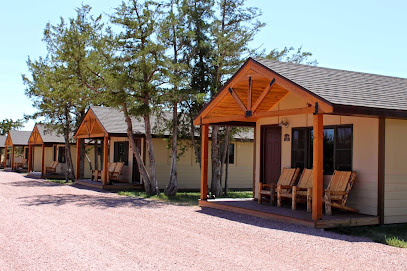
The Rugged Beauty of Badlands National Park
Explore the dramatic landscapes and rich heritage of Badlands National Park, a unique destination with breathtaking views, diverse wildlife, and fascinating history in South Dakota.
Badlands National Park in South Dakota is a mesmerizing landscape of eroded buttes, pinnacles, and spires. This national park spans over 240,000 acres and is a haven for nature enthusiasts, photographers, and adventure seekers. Its unique geological formations are the result of millions of years of deposition and erosion, creating a stunning array of colors and textures that change with the light and weather. The park is home to diverse wildlife, including bison, bighorn sheep, prairie dogs, and the endangered black-footed ferret. Visitors can explore the park through a variety of trails that range from easy walks to challenging hikes. The Notch Trail, for instance, offers a thrilling climb with rewarding views, while the Fossil Exhibit Trail provides insight into the ancient creatures that once roamed the area. Badlands National Park is also rich in history and culture. The park's South Unit is co-managed with the Oglala Lakota Tribe and offers a deep dive into the Native American history and heritage of the region. The Ben Reifel Visitor Center provides educational exhibits, ranger-led programs, and information to help visitors make the most of their trip. Whether you're watching the sunrise over the rugged landscape, stargazing under some of the darkest skies in the country, or learning about the park's ecology and history, Badlands National Park offers an unforgettable experience for all who visit.
Local tips in Badlands National Park
- Visit early in the morning or late in the afternoon for the best lighting and fewer crowds.
- Bring plenty of water, especially during the summer months, as temperatures can soar.
- Check the weather forecast before hiking, as trails can become slippery and dangerous after rain.
- Stop by the Ben Reifel Visitor Center for maps, information, and to learn about ranger-led programs.
- Consider staying overnight to experience the park's incredible night skies and stargazing opportunities.
The Rugged Beauty of Badlands National Park
Badlands National Park in South Dakota is a mesmerizing landscape of eroded buttes, pinnacles, and spires. This national park spans over 240,000 acres and is a haven for nature enthusiasts, photographers, and adventure seekers. Its unique geological formations are the result of millions of years of deposition and erosion, creating a stunning array of colors and textures that change with the light and weather. The park is home to diverse wildlife, including bison, bighorn sheep, prairie dogs, and the endangered black-footed ferret. Visitors can explore the park through a variety of trails that range from easy walks to challenging hikes. The Notch Trail, for instance, offers a thrilling climb with rewarding views, while the Fossil Exhibit Trail provides insight into the ancient creatures that once roamed the area. Badlands National Park is also rich in history and culture. The park's South Unit is co-managed with the Oglala Lakota Tribe and offers a deep dive into the Native American history and heritage of the region. The Ben Reifel Visitor Center provides educational exhibits, ranger-led programs, and information to help visitors make the most of their trip. Whether you're watching the sunrise over the rugged landscape, stargazing under some of the darkest skies in the country, or learning about the park's ecology and history, Badlands National Park offers an unforgettable experience for all who visit.
When is the best time to go to Badlands National Park?
Iconic landmarks you can’t miss
Ben Reifel Visitor Center
Discover the wonders of Badlands National Park at the Ben Reifel Visitor Center, your gateway to adventure in South Dakota's breathtaking landscapes.
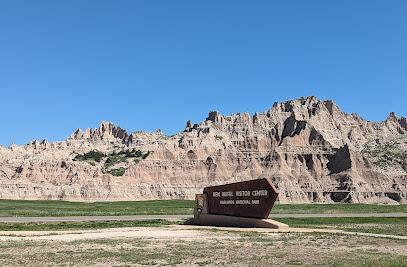
Pinnacles Overlook
Experience the breathtaking views of Pinnacles Overlook in Badlands National Park, a stunning vista point showcasing nature's beauty in South Dakota.
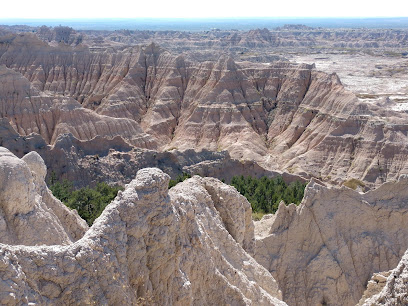
Jewel Cave National Monument
Explore the enchanting underground world of Jewel Cave National Monument, a stunning natural reserve in South Dakota, boasting breathtaking formations and diverse wildlife.
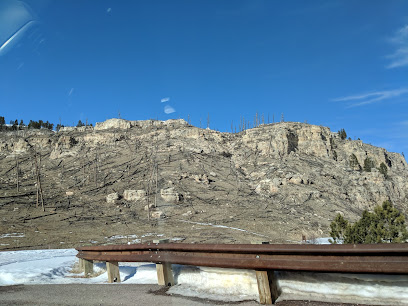
Big Badlands Overlook
Explore the breathtaking vistas at Big Badlands Overlook, a scenic gem in South Dakota's Badlands National Park, perfect for nature lovers and photographers.
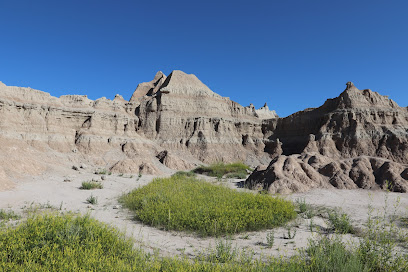
Geographic Center of the Nation Monument
Visit the Geographic Center of the Nation Monument in Belle Fourche, SD, and experience the heart of the contiguous United States.
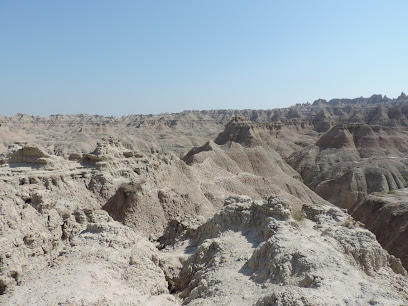
The National Presidential Wax Museum
Discover the lives and legacies of U.S. Presidents at The National Presidential Wax Museum in Keystone, SD, where history comes alive through stunning wax figures.
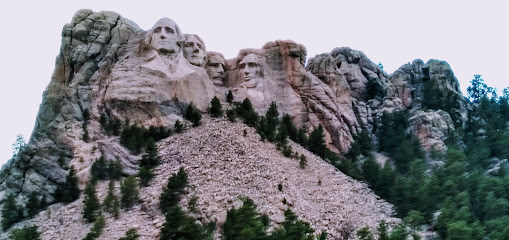
Yellow Mounds Overlook
Experience the stunning geological formations and expansive views at Yellow Mounds Overlook in Badlands National Park, South Dakota.
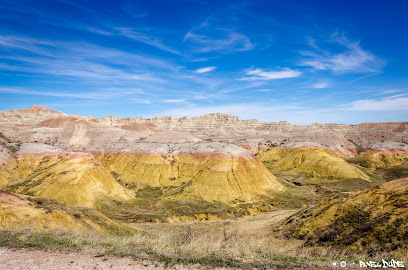
Burns Basin Overlook
Discover the stunning vistas of Burns Basin Overlook in Badlands National Park, a must-visit scenic spot for nature lovers and photographers alike.
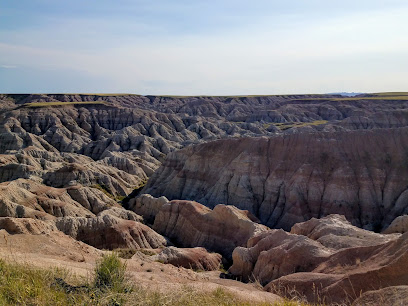
Badlands Wilderness Overlook
Discover the breathtaking vistas and serene landscapes of Badlands Wilderness Overlook, a must-visit scenic spot in South Dakota's stunning Badlands National Park.
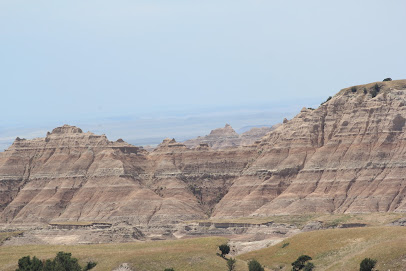
Unmissable attractions to see
Wall Drug Store
Experience the iconic Wall Drug Store in South Dakota, a unique blend of quirky Americana, art, dining, and shopping in one captivating location.
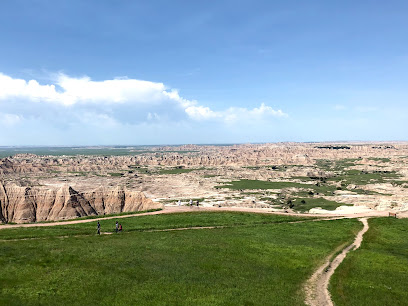
Rushmore Cave
Explore the magical underground of Rushmore Cave in South Dakota, where adventure, education, and stunning natural formations await every visitor.
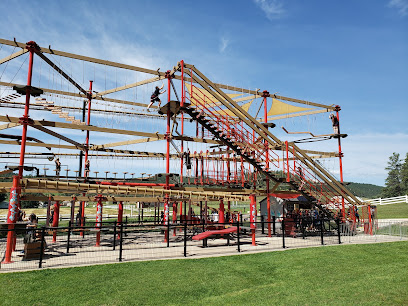
Delta-09 Minuteman Missile Silo
Discover the Delta-09 Minuteman Missile Silo, a historical landmark in South Dakota that showcases Cold War military technology and history.
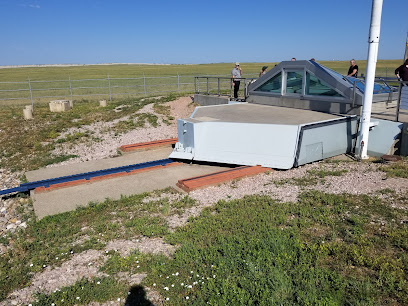
Panorama Point
Experience the stunning vistas of Badlands National Park at Panorama Point, a scenic spot that showcases nature's most breathtaking beauty.
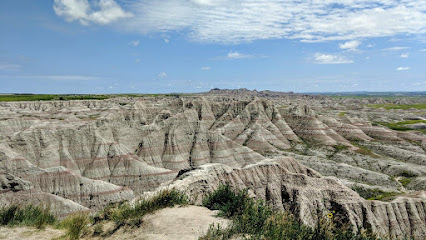
White River Valley Overlook
Experience stunning landscapes and breathtaking vistas at the White River Valley Overlook in South Dakota's Badlands National Park.
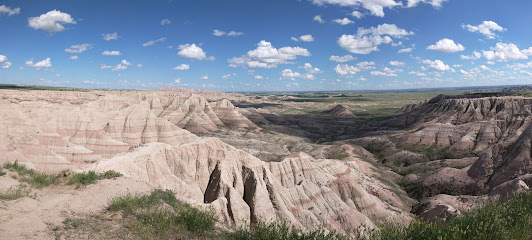
Door Trailhead
Explore the Door Trailhead in South Dakota for breathtaking views, unique geology, and an unforgettable hiking adventure in the Badlands.
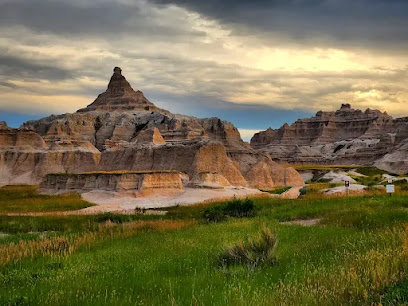
Roberts Prairie Dog Town
Discover the lively world of prairie dogs at Roberts Prairie Dog Town, a unique wildlife experience in the stunning Badlands of South Dakota.

Sage Creek Campground
Discover the natural beauty and tranquility of Sage Creek Campground in Badlands National Park, a must-visit destination for nature enthusiasts.
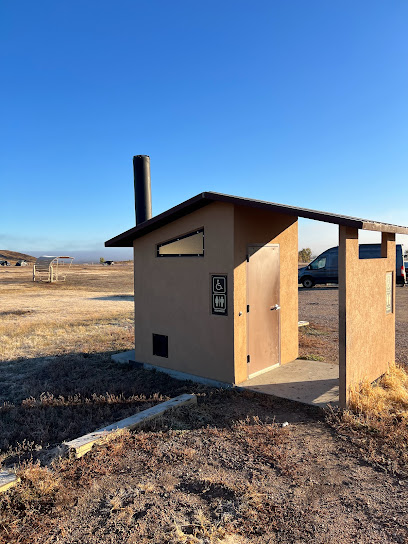
Yellow Mounds Overlook
Experience the breathtaking vistas at Yellow Mounds Overlook, a unique natural wonder in South Dakota's stunning landscape.
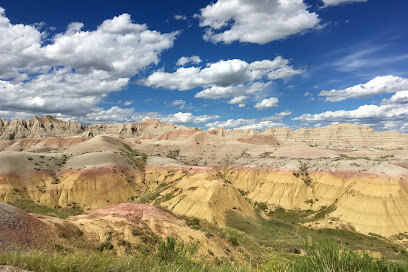
Cliff Shelf Nature Trailhead
Explore the stunning Cliff Shelf Nature Trailhead in Badlands National Park, where breathtaking views and unique geological wonders await every hiker.
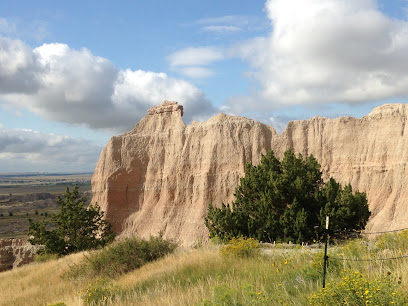
Conata Basin Overlook
Experience breathtaking views at Conata Basin Overlook in Badlands National Park, where nature's beauty unfolds in vibrant colors and dramatic landscapes.
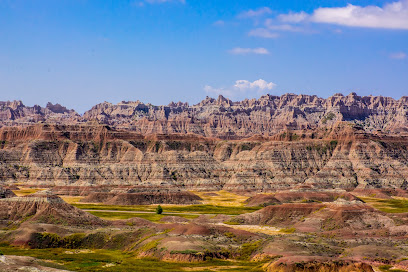
Wall Drug 80ft Dinosaur Advertisement
Discover the whimsical charm of the 80ft Dinosaur at Wall Drug, a quintessential roadside attraction in South Dakota, perfect for family fun and memorable photos.
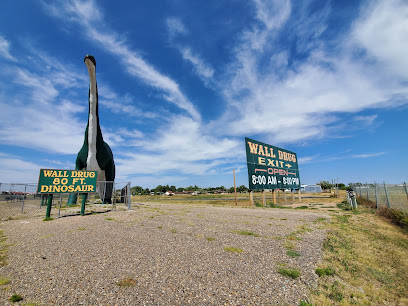
Burns Basin Overlook
Experience the breathtaking vistas of Burns Basin Overlook in Badlands National Park, a scenic spot showcasing South Dakota's natural beauty.
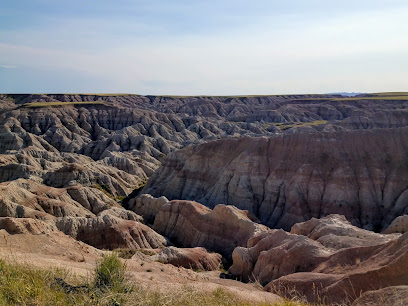
Delta-01 Launch Control Facility
Discover the Delta-01 Launch Control Facility, a pivotal Cold War site in Wall, South Dakota, offering deep insights into America's nuclear history and military operations.
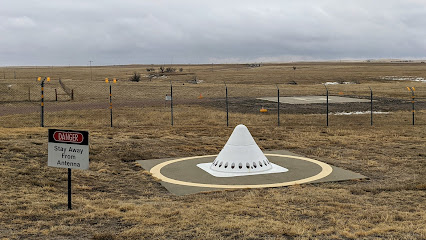
Saddle Pass Trailhead
Explore Saddle Pass Trailhead for breathtaking views and unforgettable hiking experiences in South Dakota's stunning Badlands National Park.

Essential places to dine
Markets, malls and hidden boutiques
Badlands National Park
Discover the rugged beauty of Badlands National Park in South Dakota, where breathtaking landscapes meet diverse wildlife and outdoor adventures await.
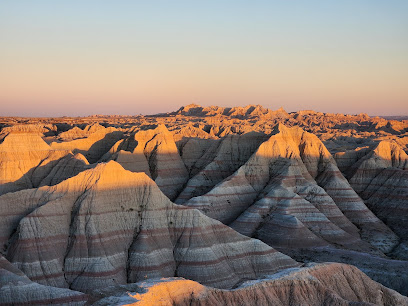
Wall Drug Store
Discover Wall Drug Store, an iconic South Dakota landmark offering unique souvenirs, art, and delicious food in a charming Old West setting.
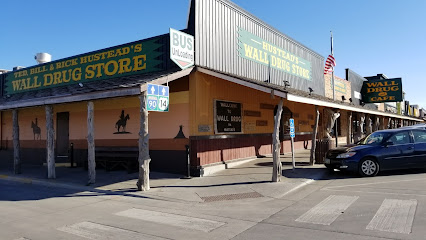
Ben Reifel Visitor Center
Explore Badlands National Park at Ben Reifel Visitor Center - your gateway to nature's masterpiece and a hub of information.
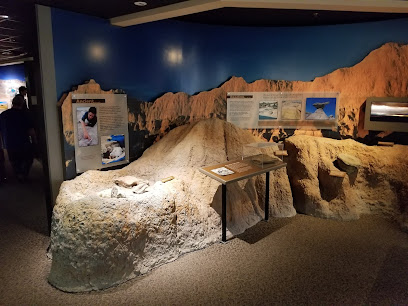
Pinnacles Overlook
Experience the stunning vistas and unique wildlife at Pinnacles Overlook in Badlands National Park, a must-visit for nature lovers and photographers.
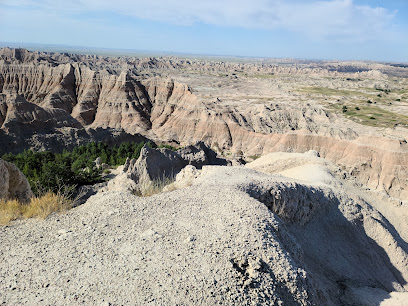
Prairie Edge Trading Co & Galleries
Explore Prairie Edge Trading Co & Galleries, a cultural gem in Rapid City offering indigenous art, crafts, and a unique shopping experience for all.
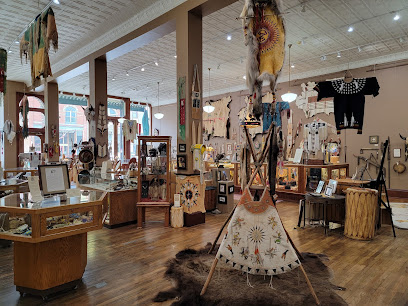
Cedar Pass Lodge
Explore the stunning landscapes of Badlands National Park while enjoying the comfort and hospitality of Cedar Pass Lodge.
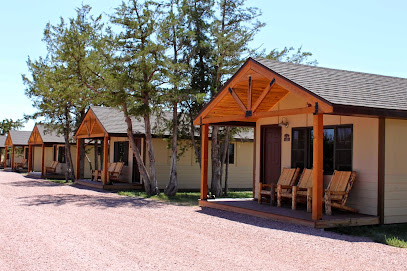
Badlands Ranch Store
Explore the Badlands Ranch Store: Your one-stop destination for unique local goods and authentic souvenirs in South Dakota's stunning Badlands.
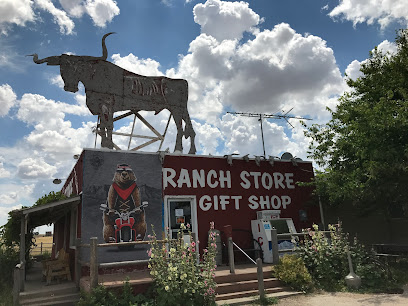
Badlands Trading Post
Explore Badlands Trading Post for unique gifts, local flavors, and essential travel needs in South Dakota's stunning Badlands region.
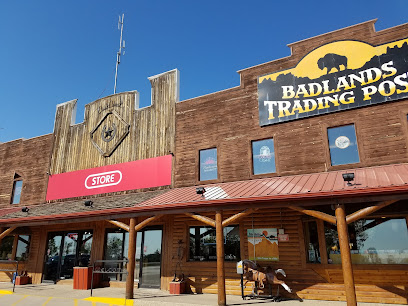
Roberts Prairie Dog Town
Explore the unique wildlife and stunning landscapes at Roberts Prairie Dog Town in South Dakota, a scenic spot for nature lovers and adventure seekers.
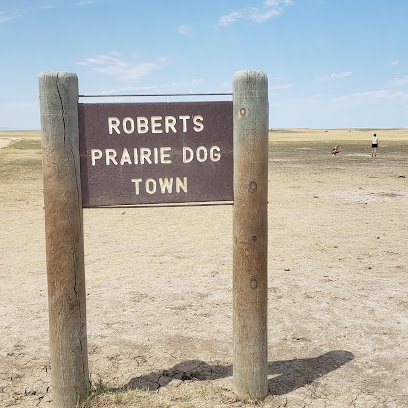
Yellow Mounds Overlook
Experience the breathtaking beauty of Yellow Mounds Overlook, a stunning scenic spot in South Dakota showcasing vibrant geological formations.
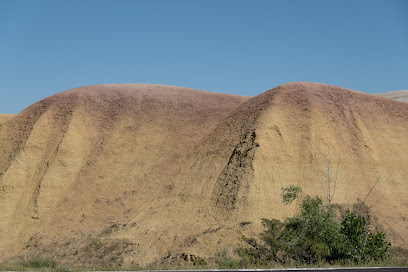
Prairie Homestead
Explore the Prairie Homestead, an authentic historical site that brings the frontier's pioneering spirit to life through engaging exhibits and scenic landscapes.
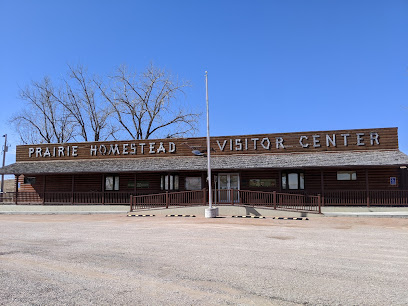
Hansen Inn & Cabins
Experience the charm of Hansen Inn & Cabins in Wall, SD, your gateway to the stunning Badlands and iconic local attractions.
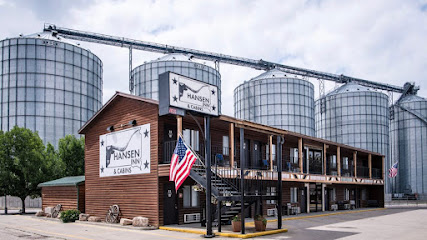
Coolidge General Store
Explore the Coolidge General Store in Custer, SD – a treasure trove of local goods and unique gifts in a welcoming atmosphere.
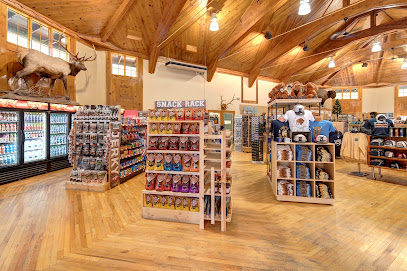
Found by weathered vane
Explore Found by Weathered Vane in Rapid City for unique clothing, local gifts, and gourmet groceries, all in a charming boutique atmosphere.
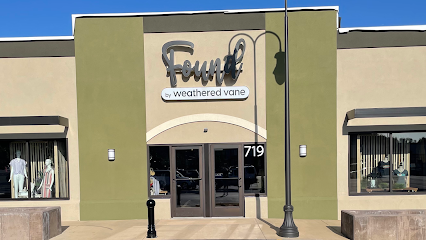
House of Scandinavia
Explore the House of Scandinavia for unique gifts and authentic Scandinavian products in the heart of Rapid City, SD.
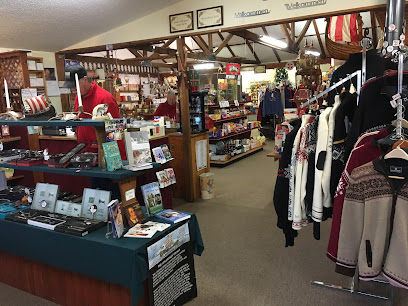
Essential bars & hidden hideouts
Pinnacles Overlook
Experience the breathtaking panoramas and unique rock formations at Pinnacles Overlook in South Dakota, a must-visit scenic destination.
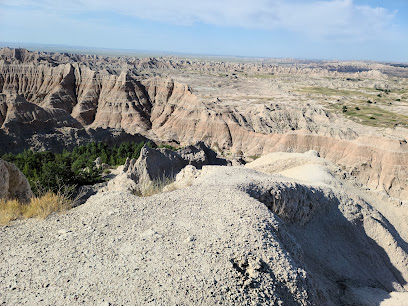
Full Throttle Saloon
Experience the thrill of the ultimate biker bar at Full Throttle Saloon in South Dakota, where live music, great food, and camaraderie come together.

Buglin' Bull Restaurant and Sports Bar
Explore the flavors of American cuisine at Buglin' Bull Restaurant and Sports Bar, a family-friendly dining haven in Custer, South Dakota.
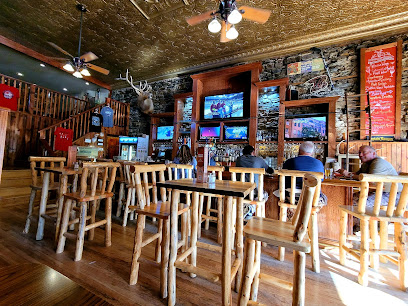
Badlands Saloon & Grille
Experience authentic American dining at Badlands Saloon & Grille, featuring burgers, steaks, and local flavors in the heart of South Dakota.
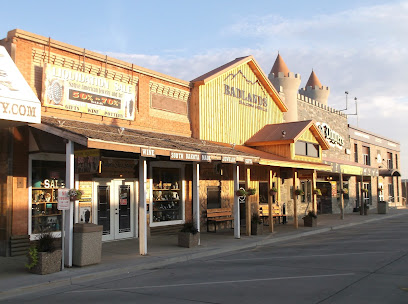
Red Rock
Discover the flavors of Wall, South Dakota at Red Rock, a beloved restaurant and café offering local cuisine in a charming atmosphere.
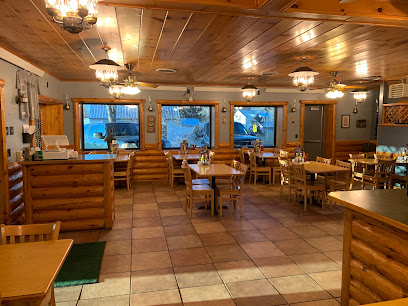
The Gaslight Dining Saloon
Experience delectable grills and lively music at The Gaslight Dining Saloon, Rockerville's premier destination for food and fun.
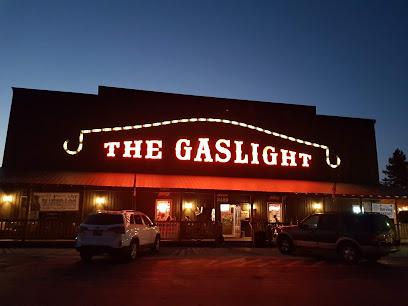
Best Western Plains Motel
Discover comfort and convenience at Best Western Plains Motel in Wall, South Dakota, your gateway to the Badlands and local attractions.

Cedar Pass Lodge
Discover Cedar Pass Lodge, where comfort meets adventure in the stunning landscapes of South Dakota's Badlands.
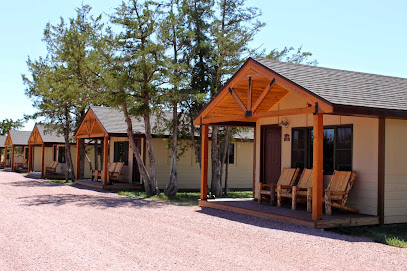
Joe's Place Bar & Grill
Discover the vibrant atmosphere and delectable menu at Joe's Place Bar & Grill in Rapid City, where great food meets lively entertainment.
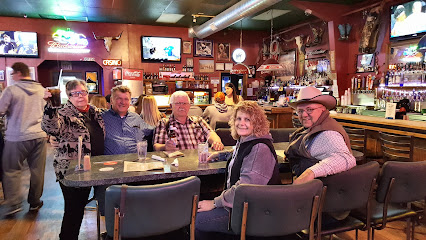
Wagon Wheel Bar
Discover Wagon Wheel Bar in Interior, SD - a local gem offering delicious food, refreshing drinks, and a welcoming atmosphere for all visitors.
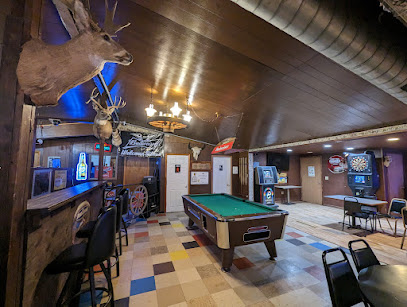
Dairy Queen Grill & Chill
Discover delicious fast food and irresistible ice cream treats at Dairy Queen Grill & Chill in Wall, South Dakota – a haven for hungry travelers.
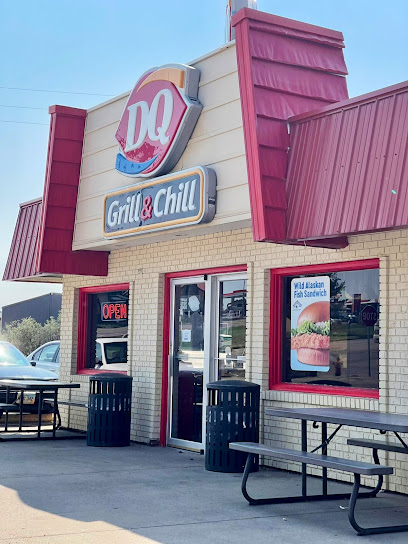
Roberts Prairie Dog Town
Discover the lively antics of prairie dogs at Roberts Prairie Dog Town, a scenic gem in South Dakota's Badlands National Park.
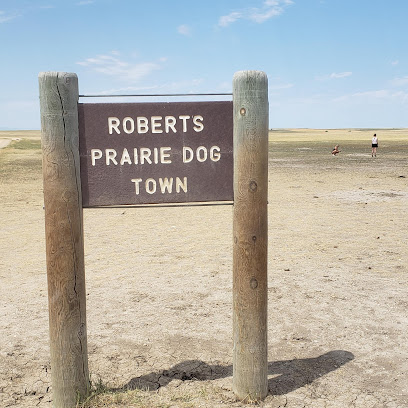
Sunshine Inn
Experience comfort and hospitality at Sunshine Inn, your ideal base for exploring the stunning Badlands of South Dakota.
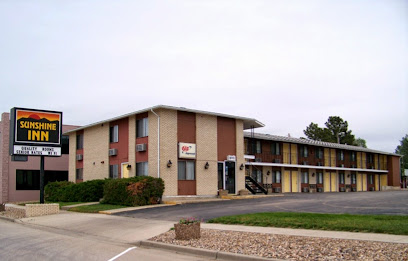
Econo Lodge
Experience comfort and convenience at Econo Lodge in Wall, South Dakota—your perfect starting point for exploring the Badlands and beyond.
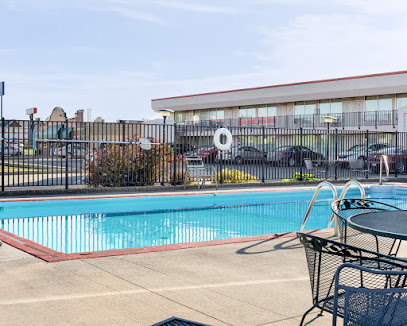
Moonshine Gulch Saloon
Experience the rustic charm of Moonshine Gulch Saloon in Hill City, your go-to bar and restaurant in the heart of the Black Hills.
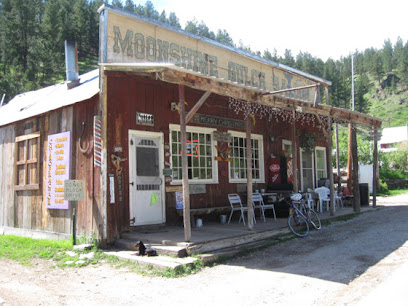
Local Phrases about Badlands National Park
-
- HelloHowdy
[hah-dee] - GoodbyeSee ya later
[see yah lay-ter] - YesYup
[yuhp] - NoNah
[nah] - Please/You're welcomePlease and thank ya kindly
[pleez and thank yah kine-lee] - Thank youMuch obliged
[muhch uh-blahy-jed] - Excuse me/SorryPardon me
[pahr-dn me] - How are you?Howdy, how's it hangin'?
[hah-dee, howz it hang-in] - Fine. And you?Just dandy. How 'bout yourself?
[just dan-dee. how 'bout your-self] - Do you speak English?Ya speak English?
[yah speak ing-glish] - I don't understandI ain't catchin' on
[I ent ketch-in on]
- HelloHowdy
-
- I'd like to see the menu, pleaseCould ya fetch me the grub list, if ya don't mind
[cood ya fetch me the gruhb list, if ya don't mind] - I don't eat meatI ain't a meat eater
[I ent uh meat ee-ter] - Cheers!Bottoms up!
[bot-uhms up] - I would like to pay, pleaseI reckon I'll settle up now, if ya don't mind
[I re-ckun I'll set-ul up now, if ya don't mind]
- I'd like to see the menu, pleaseCould ya fetch me the grub list, if ya don't mind
-
- Help!Send a hand!
[send uh hand] - Go away!Git!
[git] - Call the Police!Ring up the Sheriff!
[ring up the shur-iff] - Call a doctor!Fetch a doc!
[fetch uh doc] - I'm lostI'm turned around
[I'm turned uh-round] - I'm illI'm feelin' under the weather
[I'm feel-in' un-der the weath-er]
- Help!Send a hand!
-
- I'd like to buy...I'm fixin' to purchase...
[I'm fik-sin' tuh pur-chus] - I'm just lookingJust browsin'
[just brow-zin] - How much is it?What's the damage?
[whuts the dam-ij] - That's too expensiveThat'll clean out my wallet
[that'll clean out mah wal-let] - Can you lower the price?Can ya do me a favor and drop the tag?
[can yah do me uh fay-vur and drop the tag]
- I'd like to buy...I'm fixin' to purchase...
-
- What time is it?What's the reckonin'?
[whuts the reck-on-in] - It's one o'clockIt's high noon
[it's high noon] - Half past (10)Ten-thirty
[ten-thur-tee] - MorningMornin'
[morn-in] - AfternoonAfternoon
[after-noon] - EveningEvenin'
[even-in] - YesterdayYest'day
[yest-day] - TodayToday
[to-day] - TomorrowTomorrer
[tom-or-er] - 1One
[wun] - 2Two
[too] - 3Three
[three] - 4Four
[four] - 5Five
[five] - 6Six
[six] - 7Seven
[sev-en] - 8Eight
[ate] - 9Nine
[nine] - 10Ten
[ten]
- What time is it?What's the reckonin'?
-
- Where's a/the...?Where's the...
[wheres the] - What's the address?What's the location?
[whuts the lo-ca-tion] - Can you show me (on the map)?Can ya point me the way (on the map)?
[can yah point me the way (on the map)] - When's the next (bus)?When's the next ride?
[whens the next rahd] - A ticket (to ....)A pass (to ....)
[uh pass (to)]
- Where's a/the...?Where's the...
History of Badlands National Park
-
The geological formations of Badlands National Park began over 75 million years ago during the Late Cretaceous period. The area was once a shallow sea that deposited layers of sediment. Over millions of years, these sediments solidified into rock, which were later uplifted by tectonic forces and eroded by wind and water, creating the dramatic landscapes seen today.
-
The Badlands region has been home to the Lakota Sioux for centuries. They referred to the area as 'mako sica,' meaning 'land bad,' due to its rugged terrain and extreme conditions. The Lakota utilized the Badlands for hunting, foraging, and spiritual practices, and their cultural heritage is deeply intertwined with the land.
-
In 1868, the Fort Laramie Treaty established the Great Sioux Reservation, which included the Badlands. However, the discovery of gold in the Black Hills led to the U.S. government reclaiming much of this land, culminating in the Great Sioux War of 1876. The Lakota were eventually confined to smaller reservations, though they maintain a strong cultural connection to the Badlands.
-
In the late 19th and early 20th centuries, European-American settlers moved into the Badlands region, encouraged by the Homestead Act of 1862. These settlers faced harsh living conditions and many abandoned their claims. Remnants of homesteads, such as sod houses and old farm equipment, can still be found in the park today.
-
The Badlands Wall is a prominent geological feature that stretches for 60 miles through the park. This steep escarpment was formed by the erosion of softer sedimentary rock layers, leaving behind a rugged landscape of spires, pinnacles, and deep gorges. The Wall serves as a natural barrier and offers stunning panoramic views.
-
On March 4, 1929, President Calvin Coolidge signed the bill establishing the Badlands as a National Monument. This designation aimed to protect the area's unique geological features and rich fossil beds. The park was later redesignated as Badlands National Park on November 10, 1978.
-
Badlands National Park is renowned for its fossil beds, which contain remains of ancient mammals, reptiles, and other creatures from the Oligocene Epoch, around 23 to 35 million years ago. Notable discoveries include the fossils of saber-toothed cats, three-toed horses, and early rhinoceroses. These findings have provided valuable insights into the region's prehistoric ecosystems.
-
During World War II, parts of the Badlands were used as a bombing and gunnery range by the U.S. military. This area, known as the Badlands Bombing Range, was used for training exercises. Though the range was decommissioned after the war, unexploded ordnance and remnants of military activities can still be found in certain areas of the park.
-
In 1976, Congress designated a portion of Badlands National Park as the Badlands Wilderness Area. This 64,144-acre area is managed to preserve its natural conditions and provide opportunities for solitude and primitive recreation. The Wilderness Area is home to diverse wildlife, including bison, bighorn sheep, and prairie dogs.
-
In recent years, there have been concerted efforts to preserve the cultural heritage of the Lakota Sioux within Badlands National Park. Collaborations between the National Park Service and the Oglala Sioux Tribe aim to protect sacred sites, educate visitors about Lakota history and traditions, and involve tribal members in park management.
Badlands National Park Essentials
-
Badlands National Park is located in southwestern South Dakota. The nearest major airport is Rapid City Regional Airport (RAP), approximately 70 miles west of the park. From Rapid City, you can rent a car and drive to the park, which takes about an hour and a half. Alternatively, you can reach the park via Interstate 90, taking Exit 110 at Wall or Exit 131 at Cactus Flat for the most direct routes.
-
The best way to explore Badlands National Park is by car. There are no public transportation options within the park, so renting a vehicle is essential. The park has well-maintained roads and parking areas at major viewpoints and trailheads. Bicycling is also an option, but be prepared for rugged terrain and varying weather conditions. Guided tours are available seasonally and can provide a more in-depth understanding of the park's geology and history.
-
The official currency in the United States is the US Dollar (USD). Credit and debit cards are widely accepted in and around Badlands National Park, including at visitor centers, gift shops, and nearby restaurants. ATMs are available in the nearby towns of Wall and Interior. It's advisable to carry some cash for smaller establishments and entrance fees.
-
Badlands National Park is generally safe for tourists. However, standard precautions should be taken. Avoid leaving valuables in your vehicle and be mindful of your surroundings. The park is known for its rugged terrain, so always stay on designated trails and be cautious of wildlife. Be aware that the nearby areas, such as the town of Rapid City, have higher crime rates, and tourists should be vigilant, especially at night.
-
In case of an emergency, dial 911 for immediate assistance. The park has several visitor centers with first aid facilities, and park rangers are trained to handle emergencies. The nearest hospitals are in Rapid City, approximately 70 miles away. It is recommended to have travel insurance that covers medical emergencies. For non-emergencies, basic first aid supplies are available at the visitor centers.
-
Fashion: Do wear comfortable, weather-appropriate clothing and sturdy hiking boots. Don't wear sandals or open-toed shoes on trails. Religion: The park does not have specific religious customs, but do respect Native American sacred sites and cultural artifacts. Public Transport: There is no public transport within the park. Plan to drive or join a guided tour. Greetings: Standard American greetings such as handshakes are appropriate. Eating & Drinking: Do bring plenty of water and snacks, as services within the park are limited. Don't leave food unattended or feed the wildlife.
-
To experience Badlands National Park like a local, visit at sunrise or sunset for the most stunning views and to avoid the midday heat. Stop by the town of Wall and explore Wall Drug Store, a famous roadside attraction. Participate in ranger-led programs to learn more about the park’s geology, paleontology, and native wildlife. For a unique experience, try camping in the backcountry areas where you can enjoy the park’s natural beauty away from the crowds.
Nearby Cities to Badlands National Park
-
Things To Do in Mount Rushmore
-
Things To Do in Custer
-
Things To Do in Deadwood
-
Things To Do in Pierre
-
Things To Do in Gillette
-
Things To Do in North Platte
-
Things To Do in Dickinson
-
Things To Do in Mitchell
-
Things To Do in Mandan
-
Things To Do in Bismarck
-
Things To Do in Cheyenne
-
Things To Do in Sterling
-
Things To Do in Sheridan
-
Things To Do in Laramie
-
Things To Do in Fort Collins











